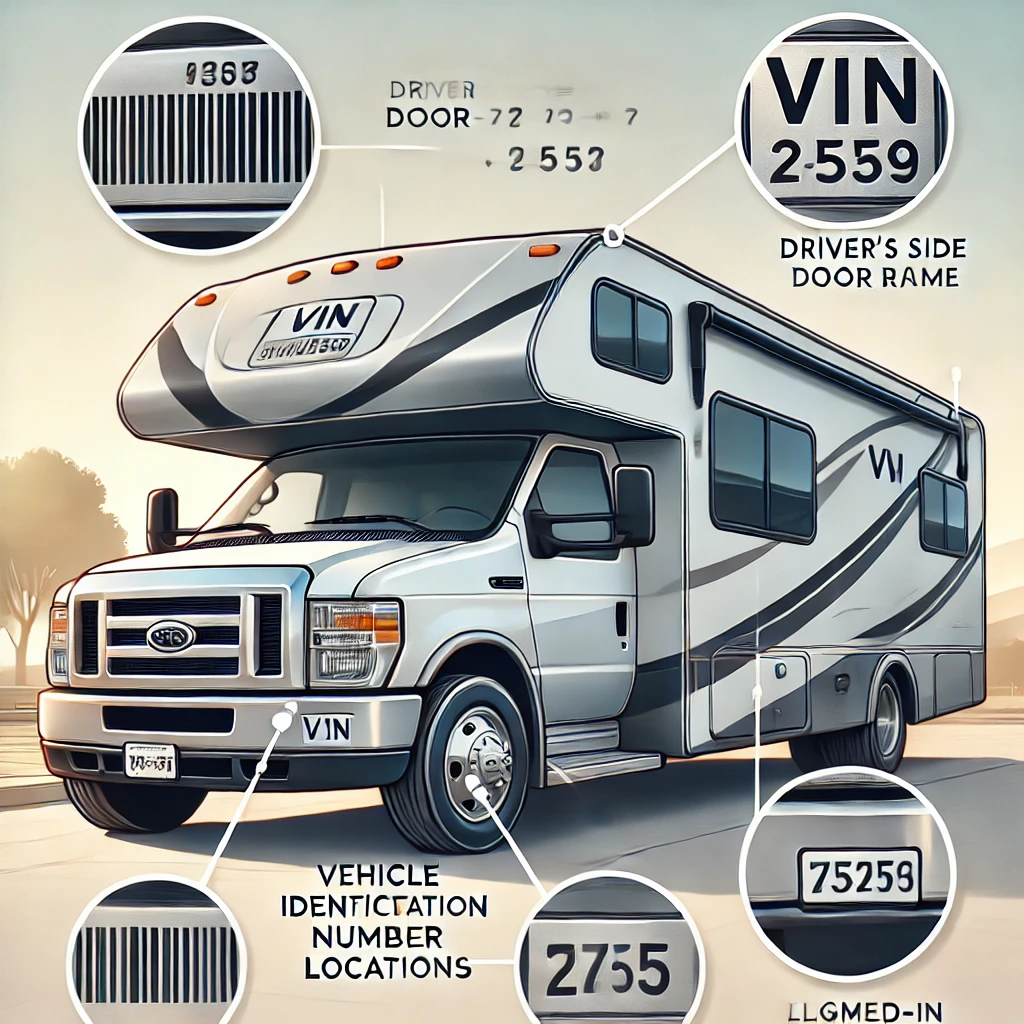Using an RV VIN lookup tool can be incredibly helpful, but it’s not without its challenges. Many people unknowingly make mistakes that can lead to incorrect or incomplete information. Here are the top five mistakes to avoid when using an RV VIN lookup tool:
1. Entering the VIN Incorrectly
One of the most common mistakes is mistyping the VIN. A single incorrect character—whether it’s confusing a zero for an “O” or a one for an “I”—can yield entirely inaccurate results. Always double-check the VIN before running a lookup.
2. Using an Inaccurate or Outdated Tool
Not all VIN lookup tools are created equal. Some free tools may not have up-to-date databases, leading to incomplete or misleading information. Stick to reputable tools, such as those offered by manufacturers or trusted automotive websites.
3. Ignoring Regional Differences
VIN structures can vary slightly by region, especially for vehicles manufactured outside the United States. Ensure the tool you’re using can handle international VINs if applicable to your RV.
4. Failing to Cross-Verify Results
Relying on a single source can be risky. It’s always a good idea to cross-verify the information you receive with another VIN lookup tool or the manufacturer’s database to ensure accuracy.
5. Overlooking Pre-1981 RVs
If you’re dealing with an older RV manufactured before 1981, it may not have a standard 17-character VIN. Many lookup tools are designed only for modern VINs and may not provide results for older vehicles. In such cases, consult specialized resources or the manufacturer’s documentation.
Final Thoughts
Using an RV VIN lookup tool is a valuable step in understanding your vehicle’s history and specifications. By avoiding these common mistakes, you can ensure you’re getting the most accurate and useful information possible. Take your time, use reliable tools, and always verify your results for peace of mind.
